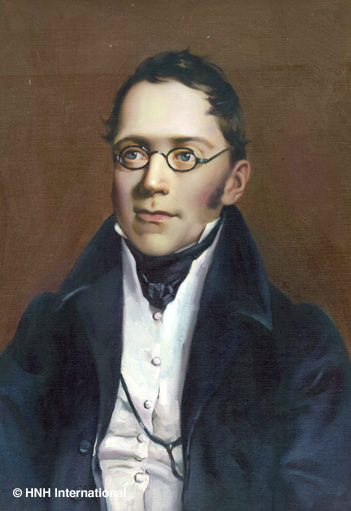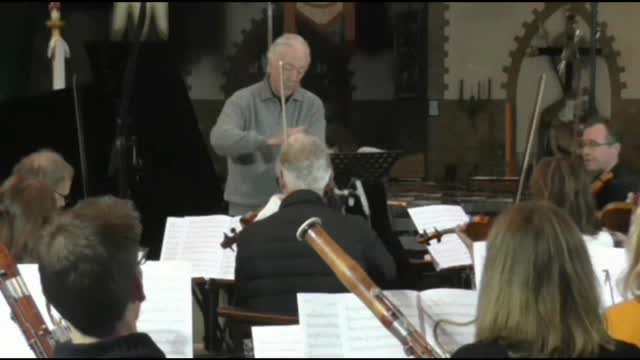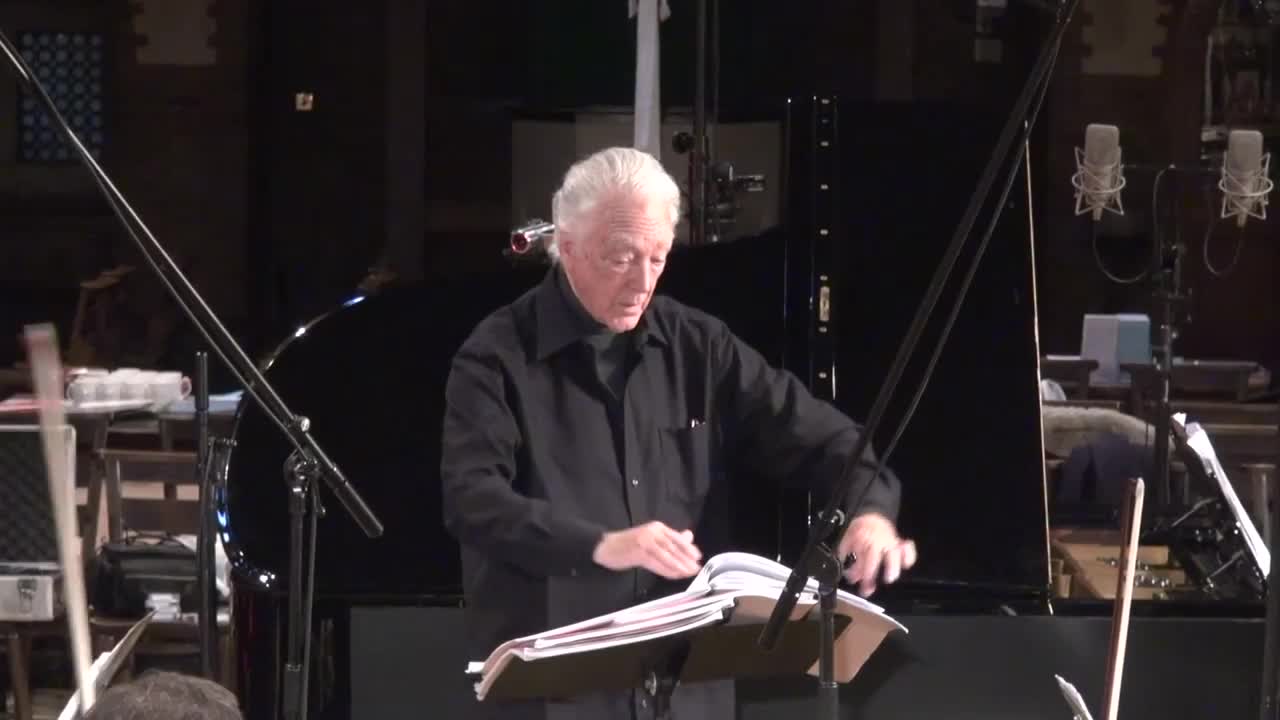

Precociously gifted as a pianist, Carl Czerny studied as a 10-year-old with Beethoven and made his first public appearance in Vienna in 1800, when he played Mozart’s C minor Piano Concerto. Impressed as he was by the performance style of Mozart, which he heard through Mozart’s pupil Hummel, he nevertheless became a leading exponent of the piano music of Beethoven, with its demands for a legato style suited to the newer forms of the instrument. Czerny’s principal fame, however, was as a teacher: his pupils included Thalberg, Liszt and Stephen Heller, and his pedagogical works had and continue to have wide currency.
Piano Music
Czerny’s principal works were in the form of exercises and studies, of which he wrote a very large number, extending up to his Opus 861, Studies for the Left Hand. His other piano music consists of sonatas and sonatinas, with various medleys, variations and other shorter pieces. He wrote music for piano duet, and for up to four players, with many arrangements and transcriptions.
Organ Music
With his usual facility, Czerny wrote a certain amount of organ music, of which the Prelude and Fugue, Op. 603 No. 3 is a characteristic example.
Orchestral Music
Czerny’s symphonies, overtures and concertos are generally unknown, some of them remaining unpublished.



